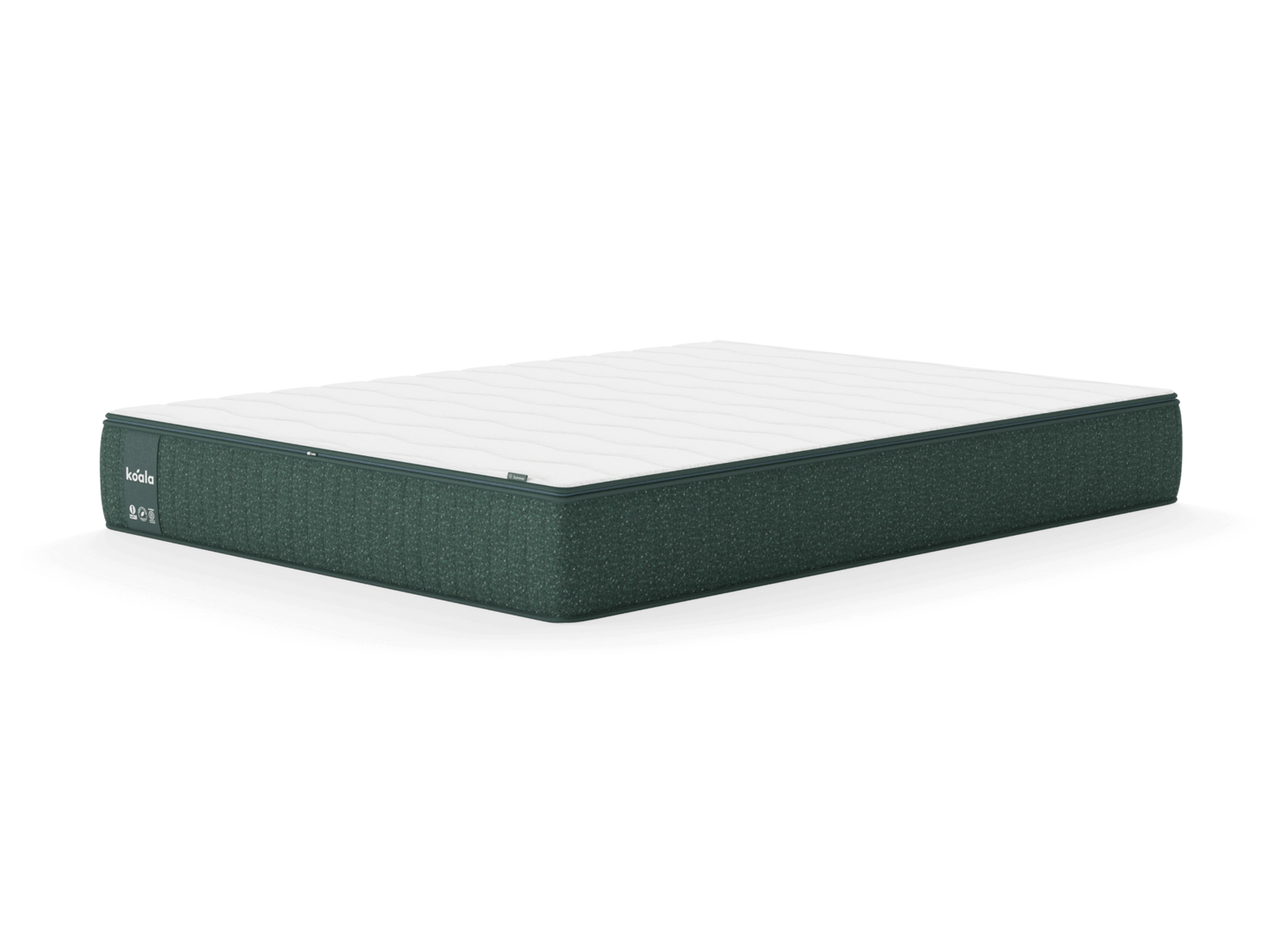
What’s the best temperature for sleep? We have the answer
Share
There are lots of reasons why you might not be getting a great night’s sleep, and temperature is an important one. Too hot and you’ll toss and turn, and wake up feeling grumpy. But we’re here to help. We explain what the best temperature for sleep is, how you can keep your cool and how to stay toasty in winter.
 Wear natural fibres to maintain an ideal sleeping temperature at any time of the year
Wear natural fibres to maintain an ideal sleeping temperature at any time of the year
 The best temperature for sleep is cooler than you think.
The best temperature for sleep is cooler than you think.
The ideal sleeping temperature is cooler than you think
When it comes to getting a good night’s sleep, temperature matters. And if you’re not sleeping, it might be because you’re overheating. So, what’s the optimal sleeping temperature? “The European Sleep Center recommends a temperature of 18 degrees,” says Olivia Arezzolo, Australia’s leading sleep expert. Olivia admits this might sound a little chilly. “But a cool core body temperature optimises melatonin production,” she says. “Melatonin is a hormone that contributes to us falling asleep and staying asleep. And that drop in core body temperature is the cue for melatonin synthesis.” Get that temperature right, says Olivia, and you’ll wake up feeling alert and energised. In summer, it’s easy to overheat. Sleeping in a hot room, when the temp is in the mid-20s or warmer, affects your quality of sleep. It means you won’t get the beneficial slow-wave and rapid eye movement (REM) sleep we all need. But it’s not just the temperature of the room that can cause you problems. You also need to keep your body temp down. And that can be a very individual thing. “Temperature is an important consideration for people who have conditions that may contribute to overheating,” Olivia adds. “For example, when women are going through menopause their hormones fluctuate, which leads to a fluctuation in their core body temperature. And then all of a sudden they’re not able to sleep.” If you’re experiencing poor sleep and you don’t know why, temperature might be a factor.Tips for hitting the right temperature
💤 Set the air conditioning to 19 degrees, or crank up the fan. 💤 Have a shower just before bed. “Your body heats up in the shower,” says Olivia. “But as soon as you get out of the shower, you move into a colder bathroom and your body temperature decreases. This is a cue for melatonin synthesis, which contributes to us feeling more tired before bed.” 💤 Olivia also recommends sleeping naked with socks. Yep, you read that right! “This promotes heat loss as it draws your blood from your central area to your peripheral areas.” 💤 Having the right mattress is important. If you’re a hot sleeper, a firmer mattress is better. Sinking into a soft mattress might sound cosy, but that sinking feeling will also make you overheat while you sleep. 💤 Olivia says bedding and pyjamas made with natural fibres, such as cotton and wool, will help keep you cool. “If your body overheats, natural fabrics can absorb heat and reduce the chances that you wake up due to excessive heat.” Synthetic fibres, like polyester, don’t absorb heat, so they can make you feel hotter.But, what if you really feel the cold?
Olivia advises cold sleepers to also embrace natural fibres. Get yourself a wool underlay, some toasty pyjamas and make sure you’re sleeping under a duvet designed for winter. Wear natural fibres to maintain an ideal sleeping temperature at any time of the year
Wear natural fibres to maintain an ideal sleeping temperature at any time of the yearYour questions answered
Can you put an electric blanket under a mattress topper or mattress protector?
At Koala we often get asked if you can use an electric blanket with a mattress topper or mattress protector. But we wouldn’t recommend using an electric blanket at all. And nor would Olivia. Generally, electric blankets make people too hot. They warm a bed unevenly and can be dangerous. Luckily, there are other ways to warm up your bed.How to make your bed warm without an electric blanket
Get yourself a good old hot water bottle. Yes, it will cool down overnight (we admit, waking up beside a cold water bottle isn’t fun), but that’s a good thing. As it doesn’t retain heat, it’s less likely to make you overheat while you’re asleep.How do you make your bed warm?
💤 Using cotton flannelette or French linen sheets (again, go for the natural fibre) — they’re good at keeping you toasty in the colder months. 💤 Wearing longer, warmer pyjamas and socks. 💤 Warming up your room with a heater before getting into bed. But play it safe, and never leave the heater on overnight.How can I style for warmth?
💤 It’s all about layers, as layers trap warm air and keep you warm. Buy a quality duvet and layer up with warm blankets. 💤 Chuck some extra pillows on the bed to snuggle into. 💤 Pop on a chunky throw in a natural fibre. You’ll be cosy as. The best temperature for sleep is cooler than you think.
The best temperature for sleep is cooler than you think.


